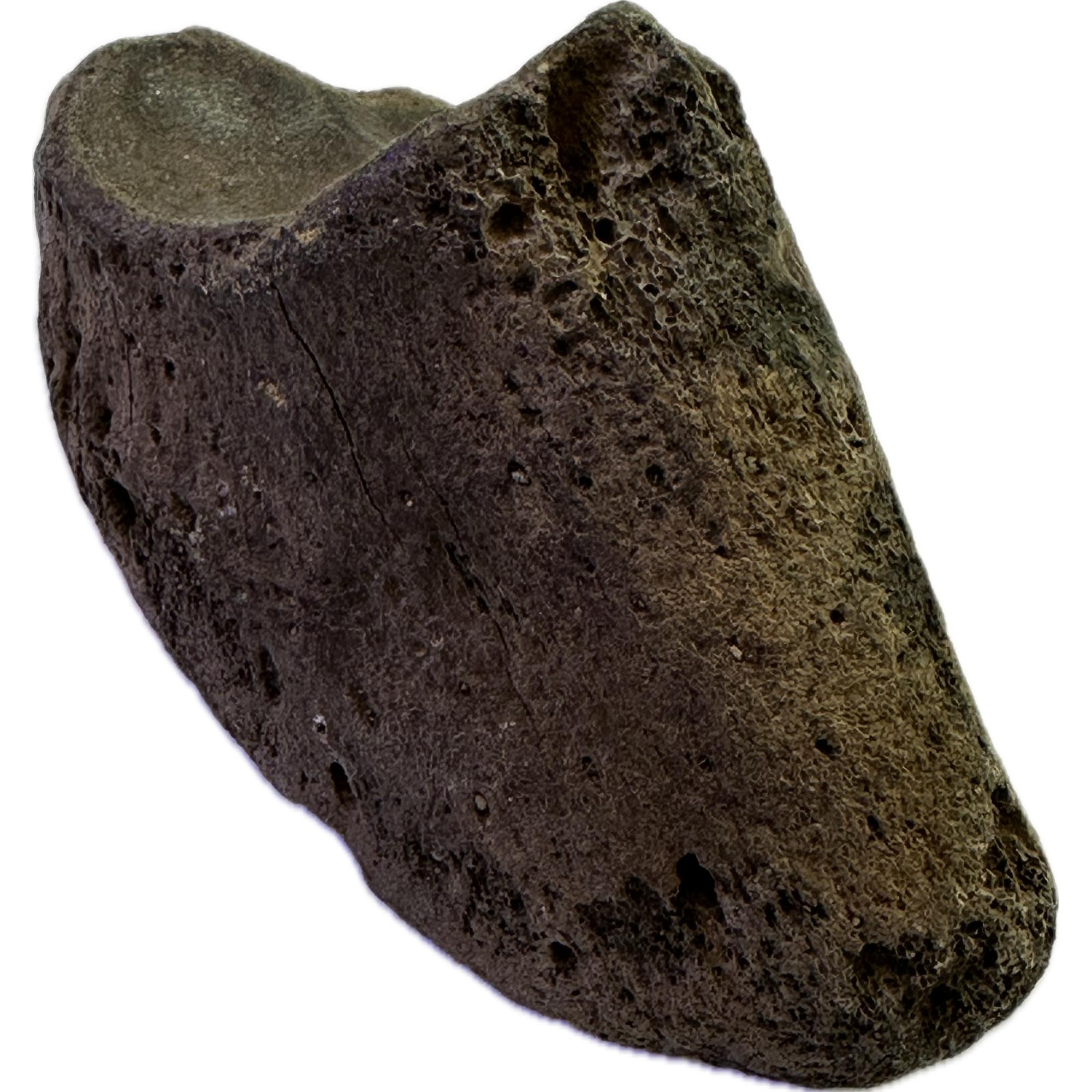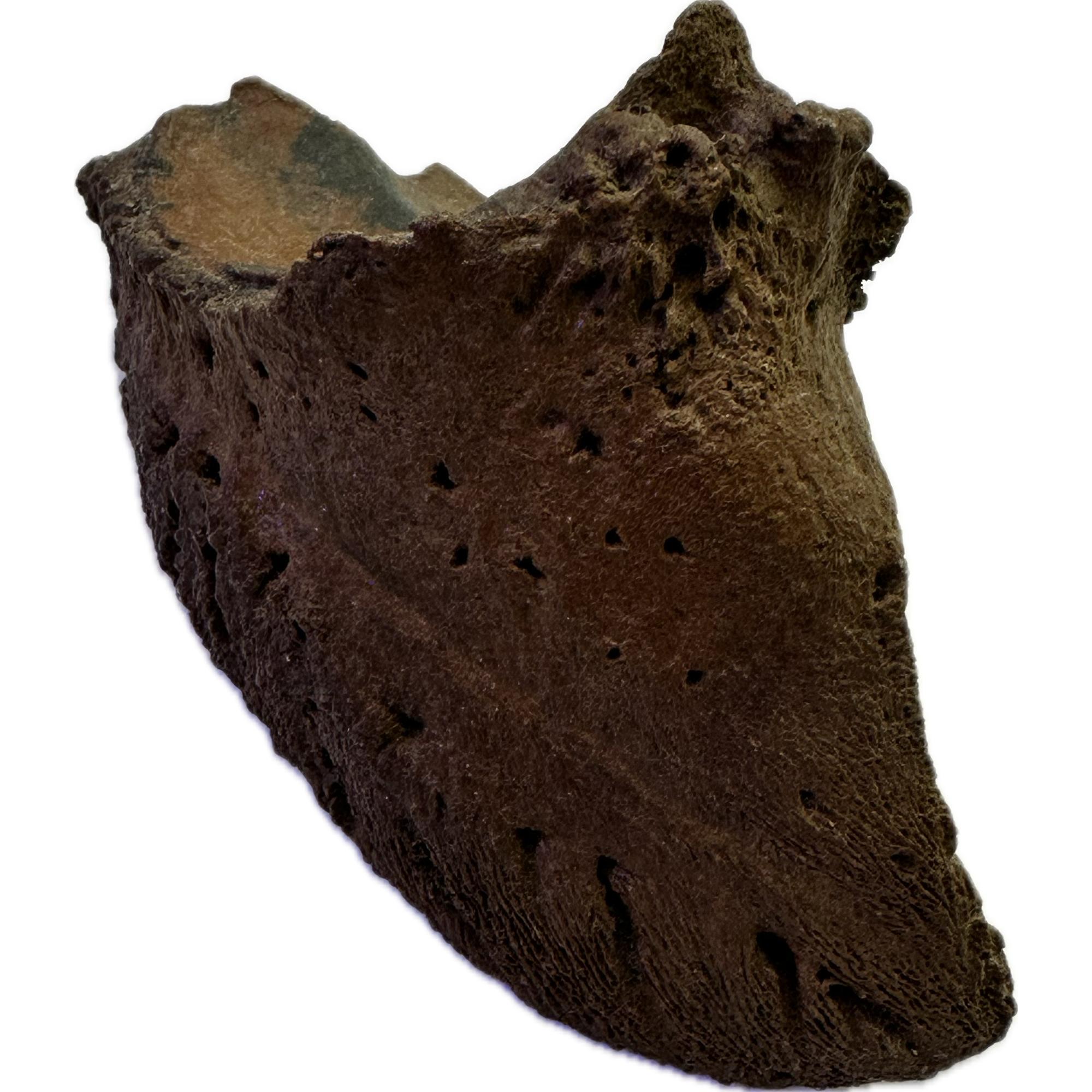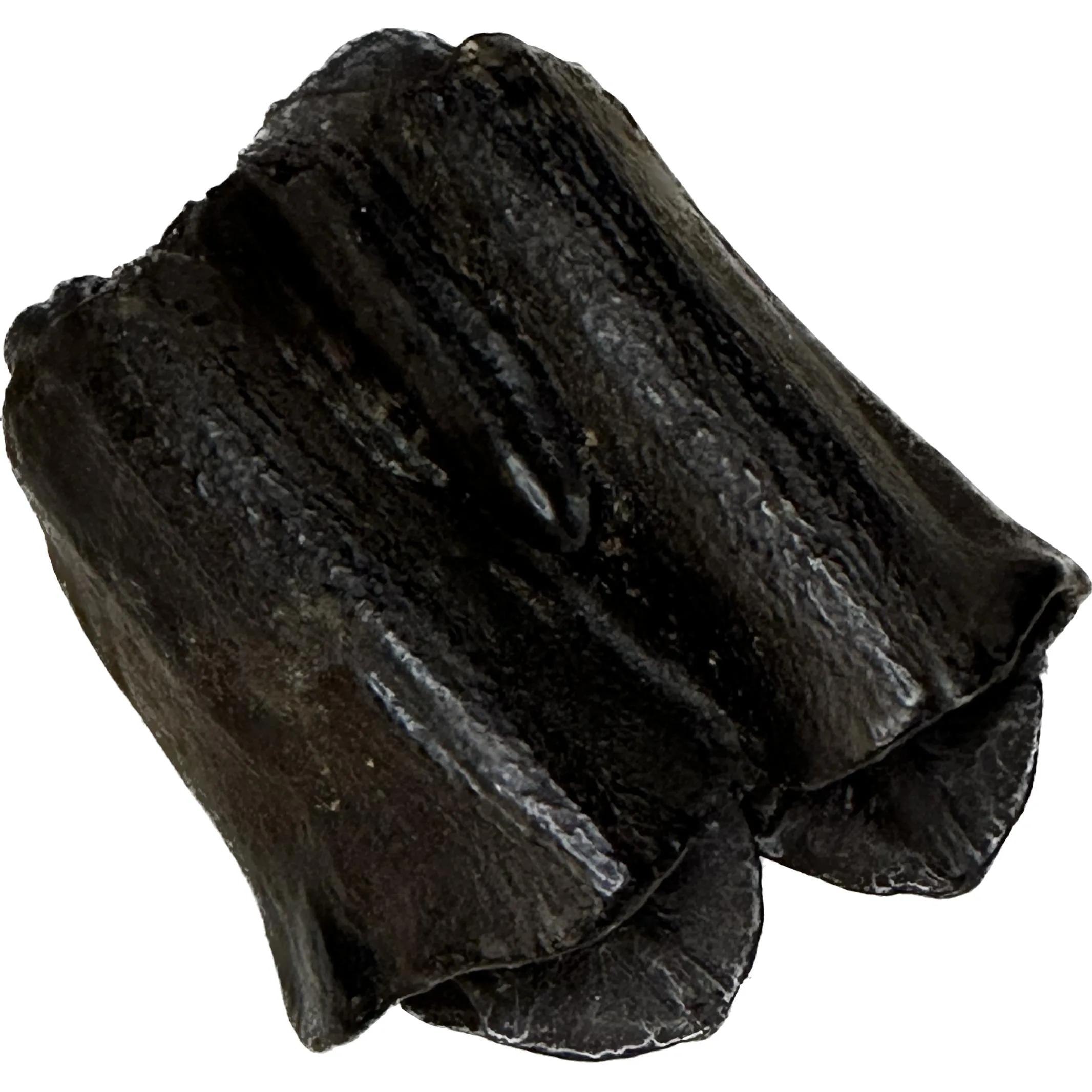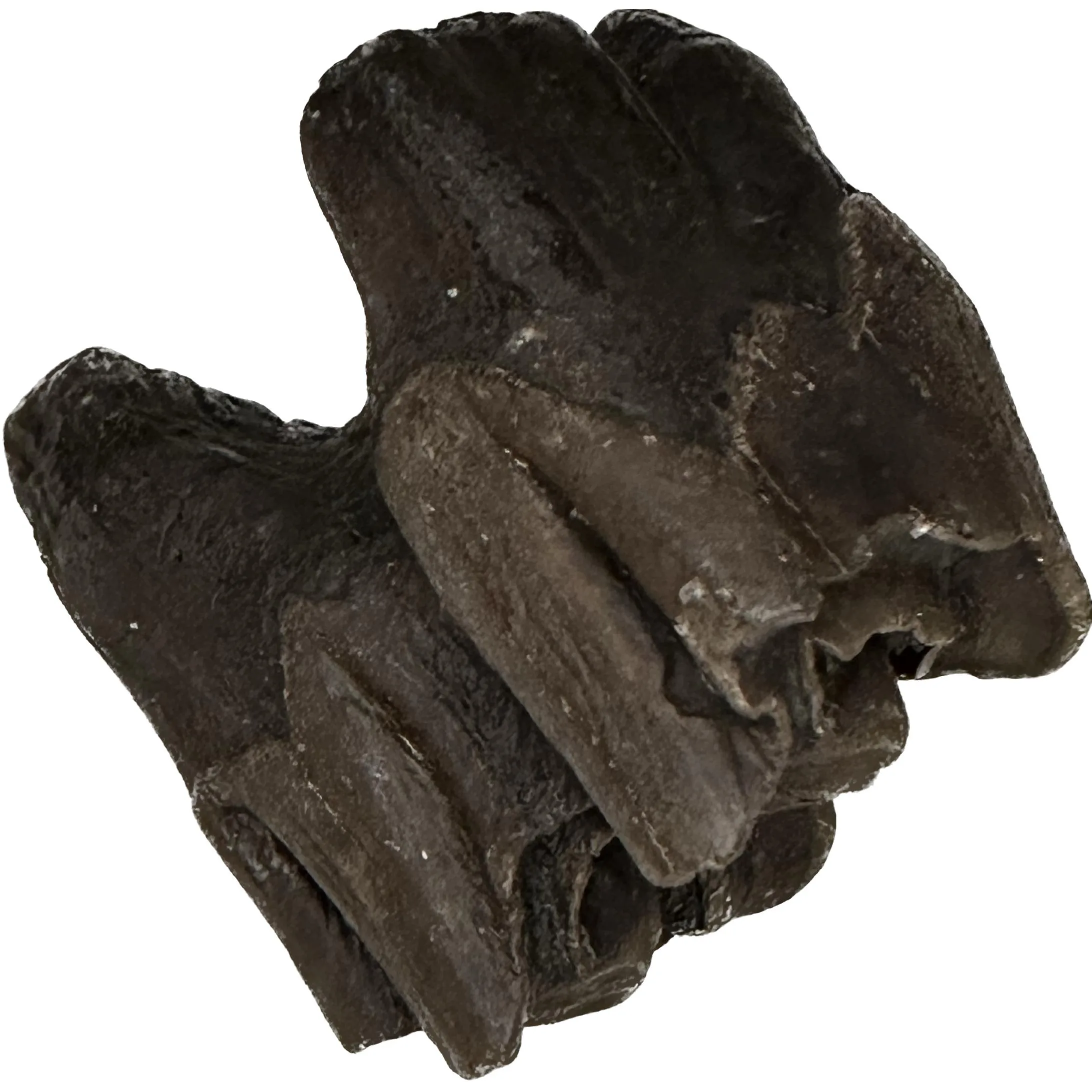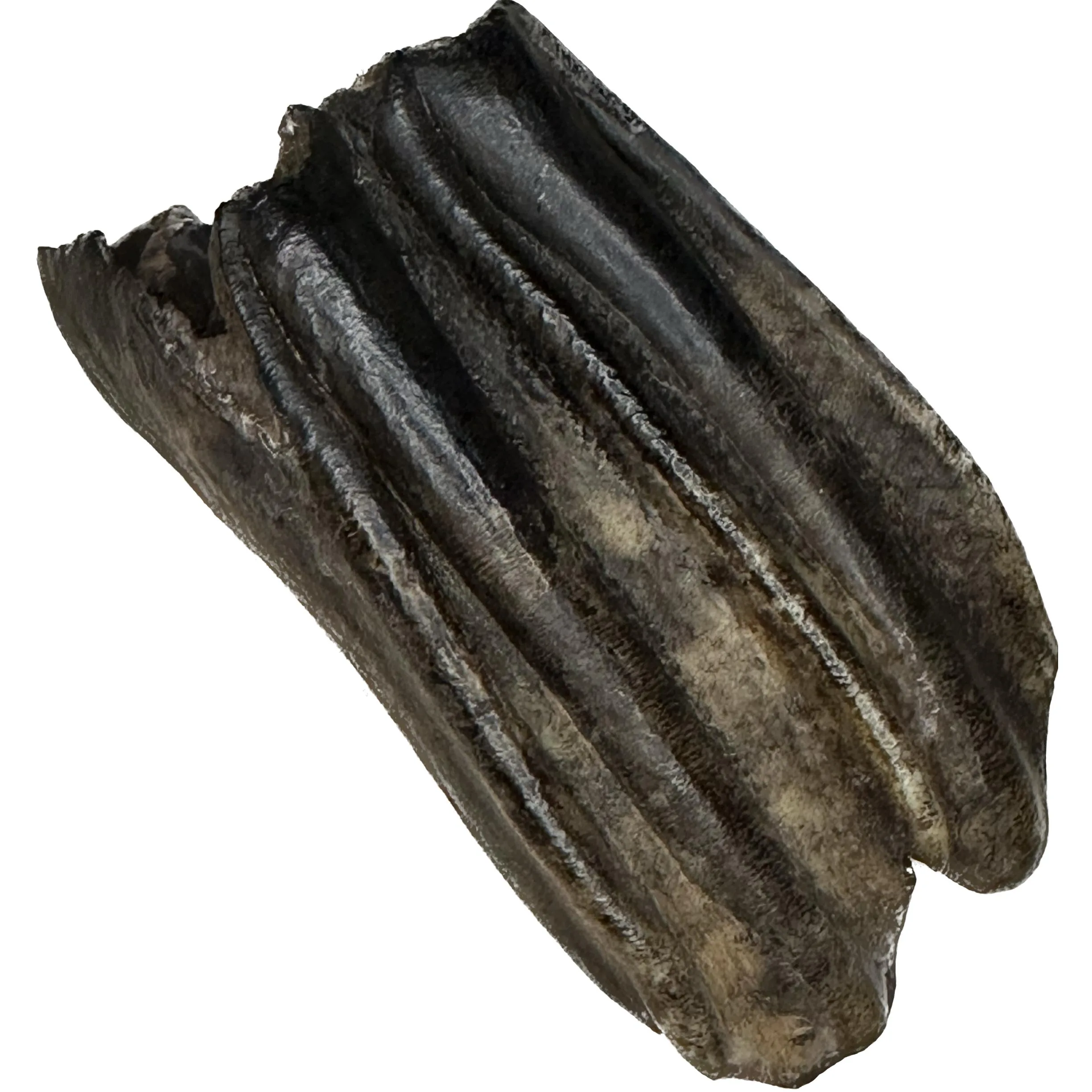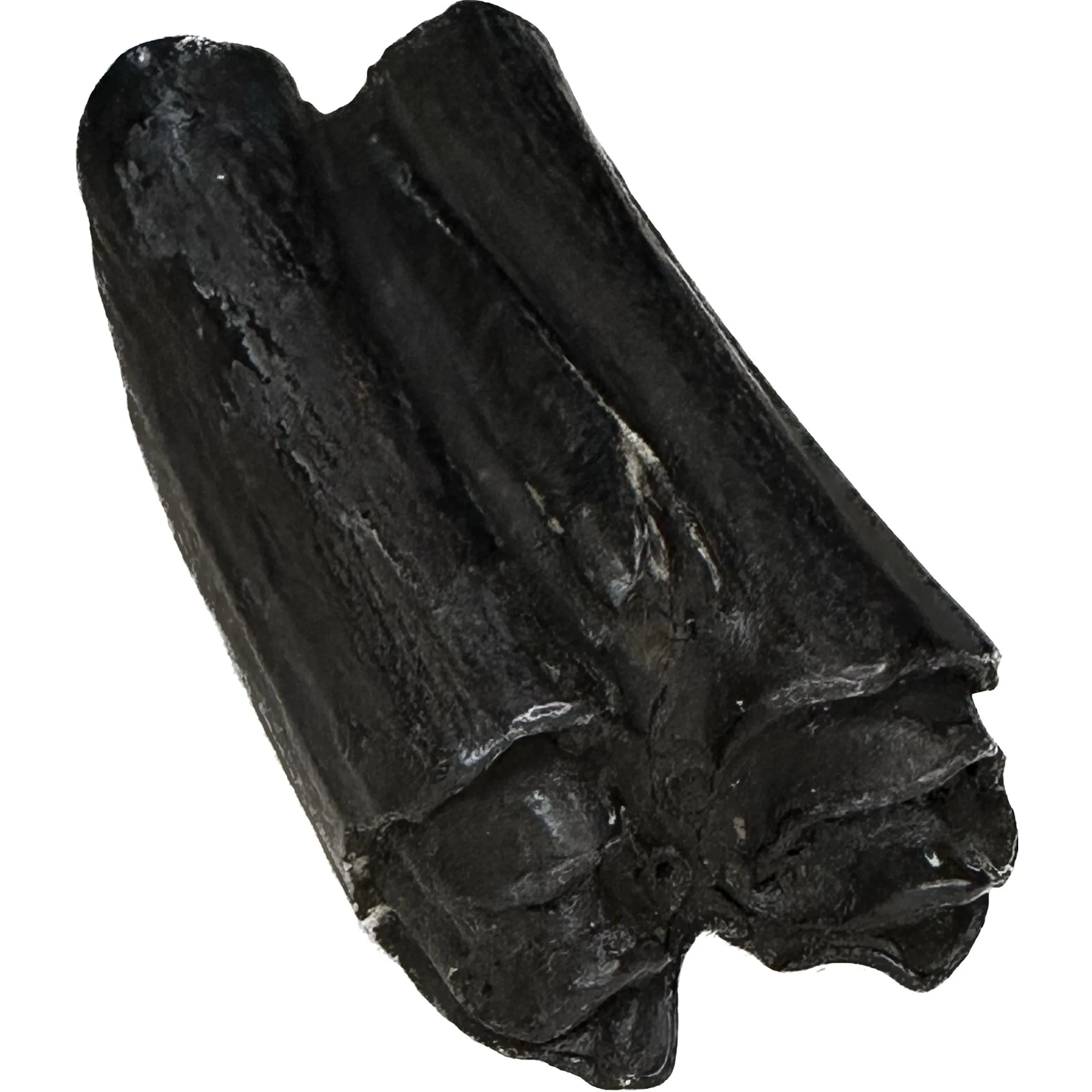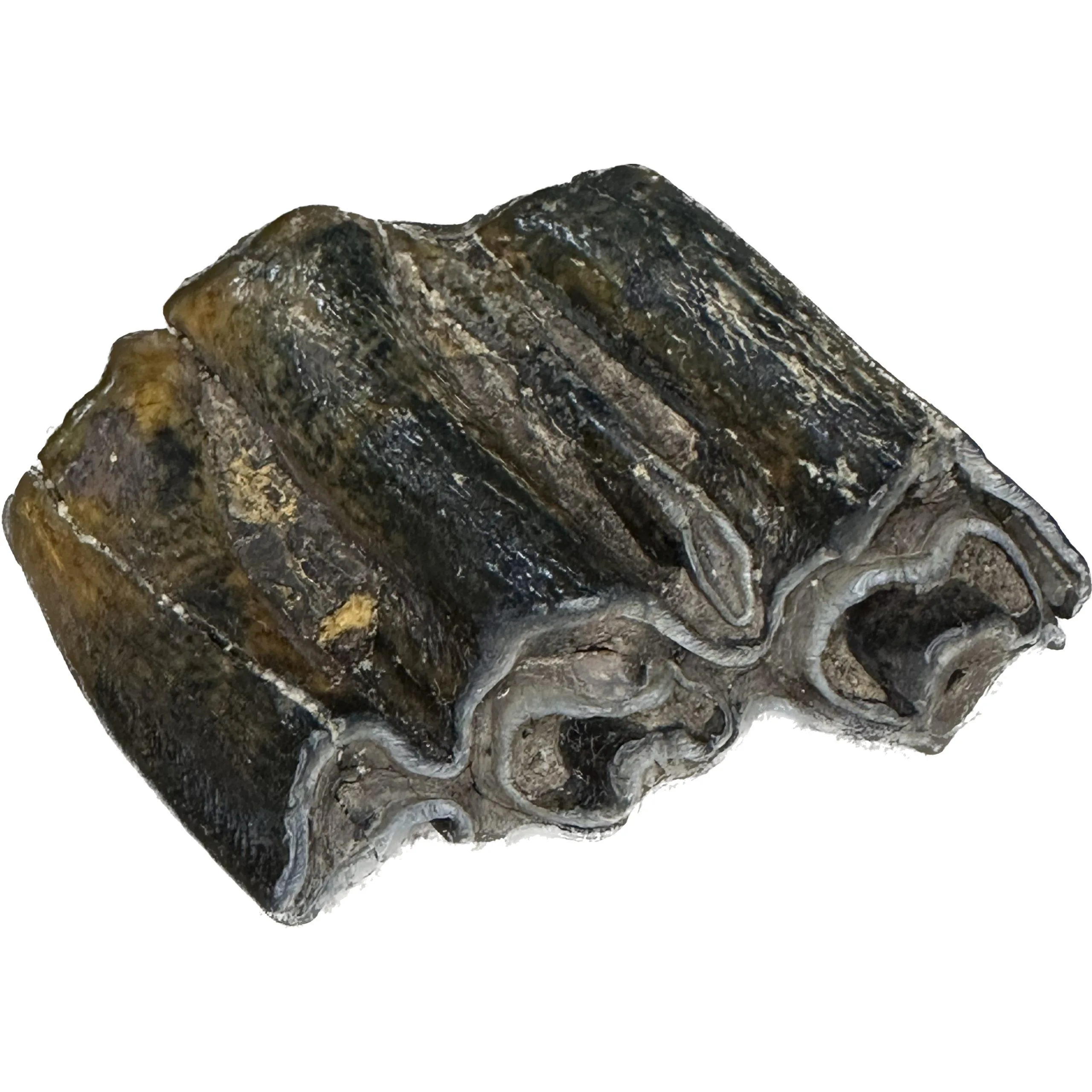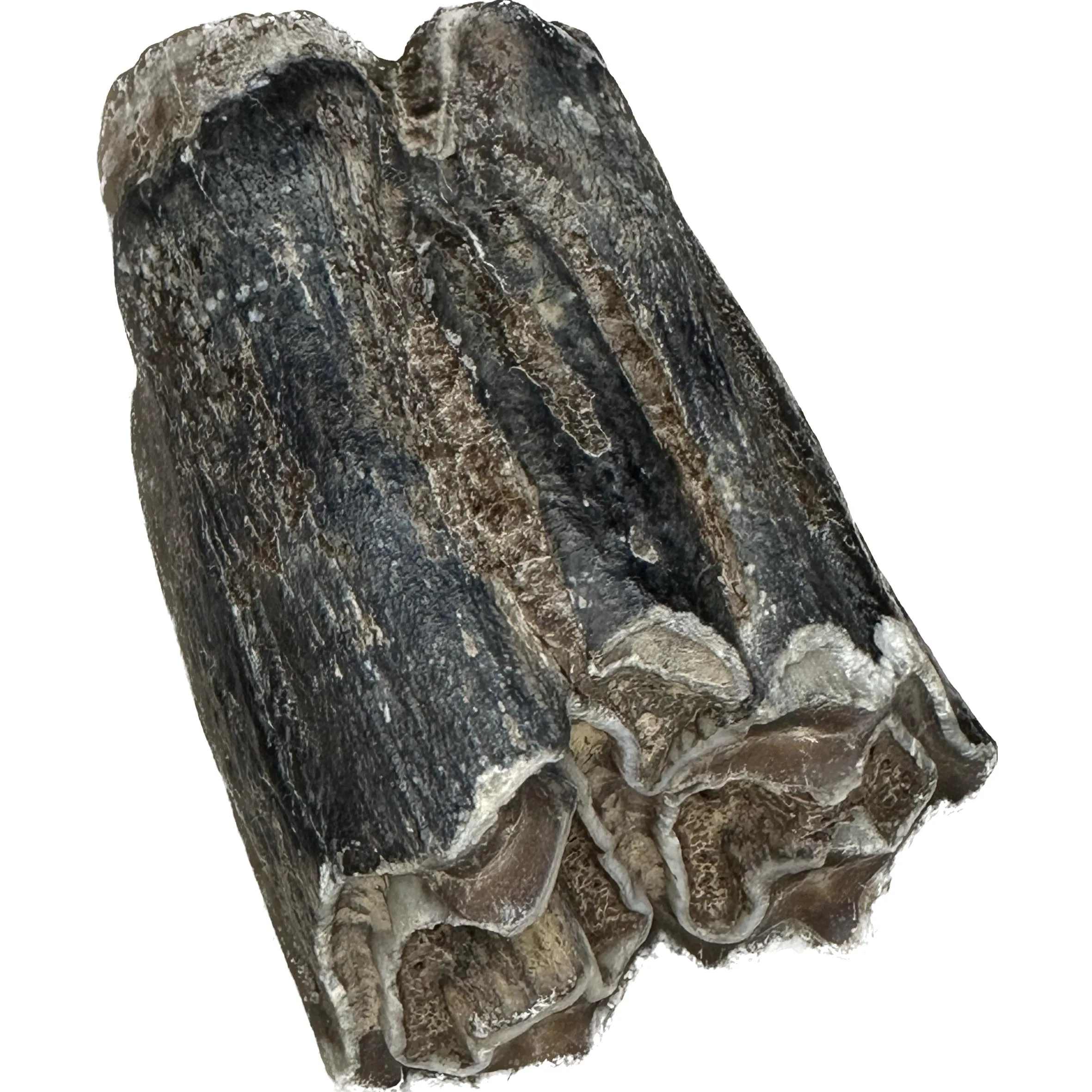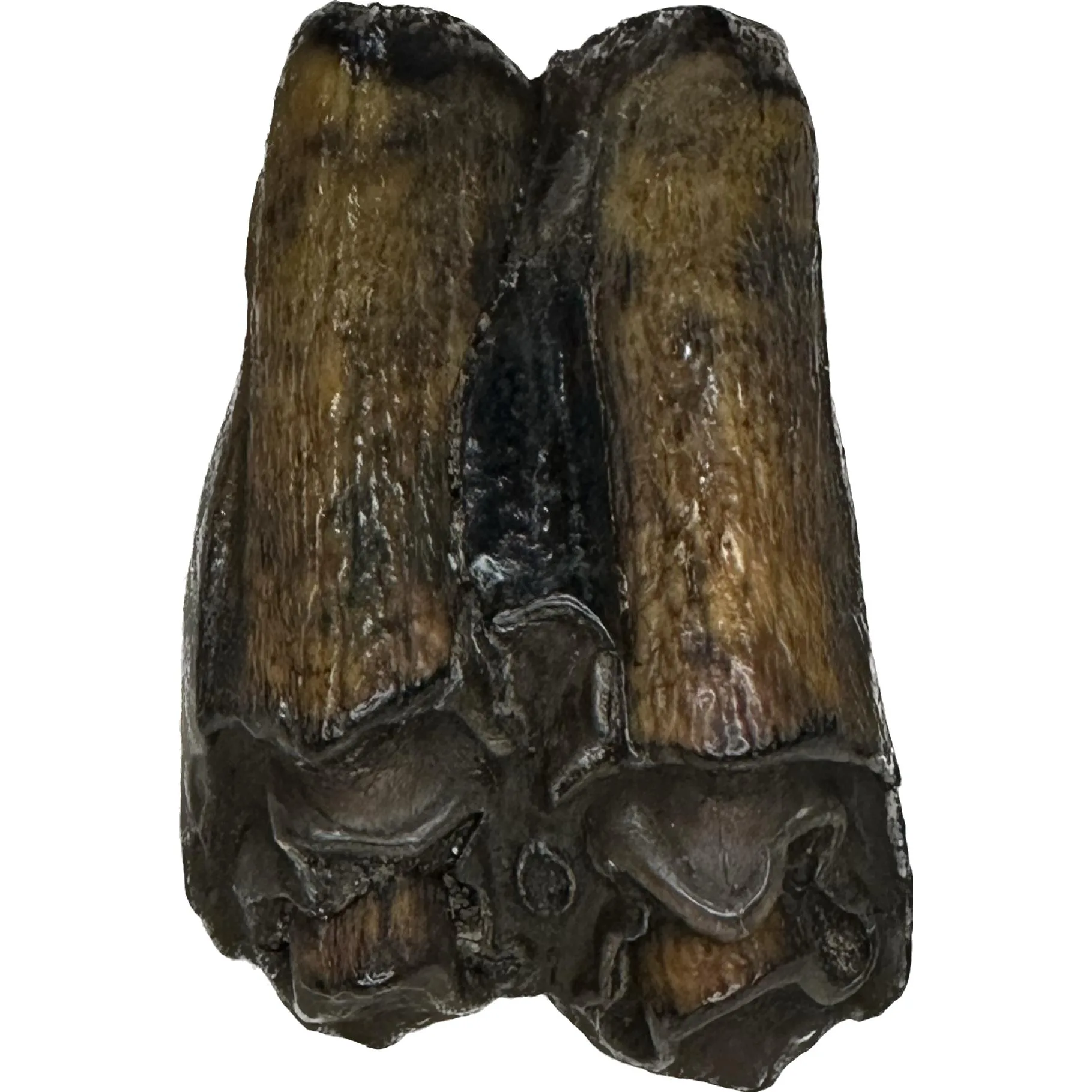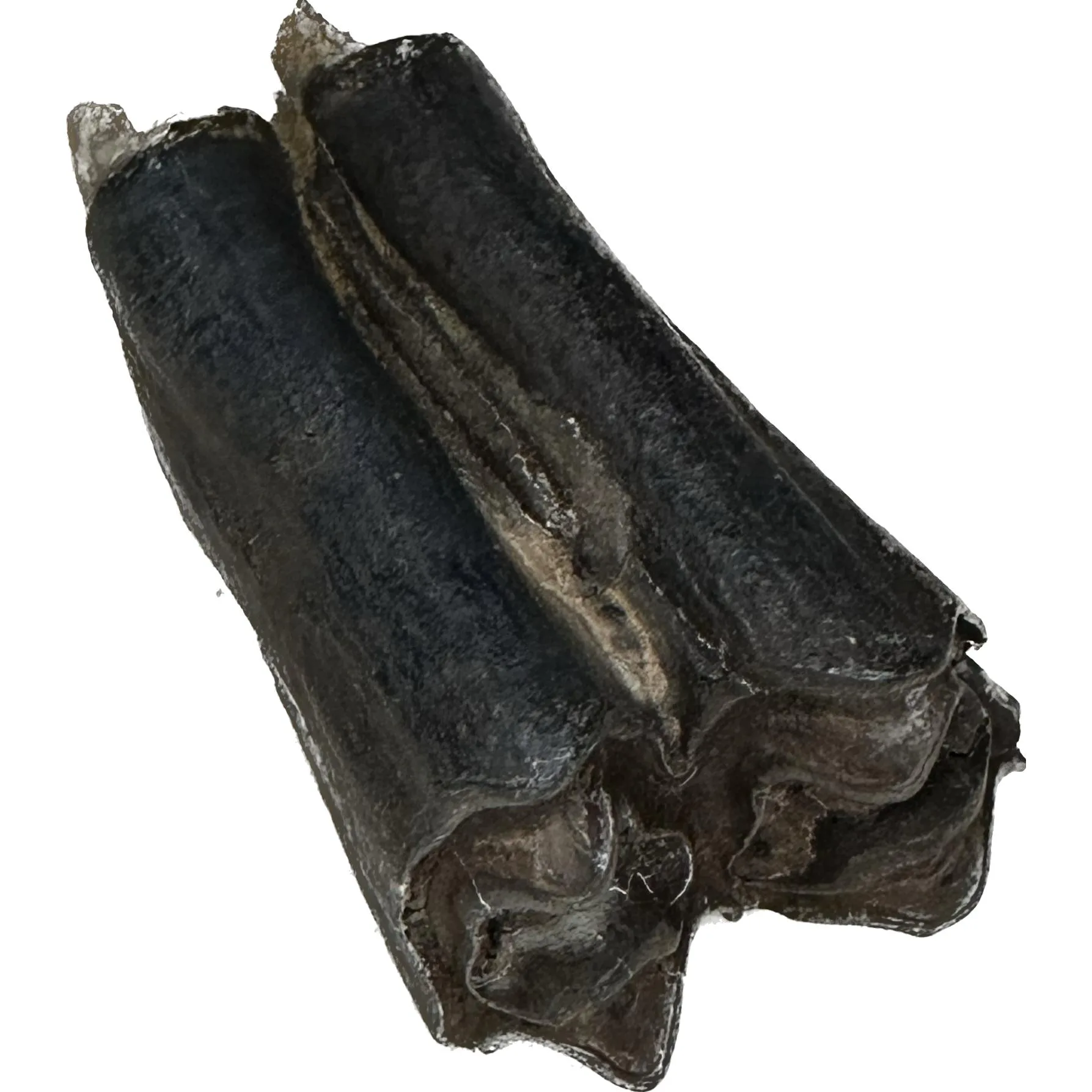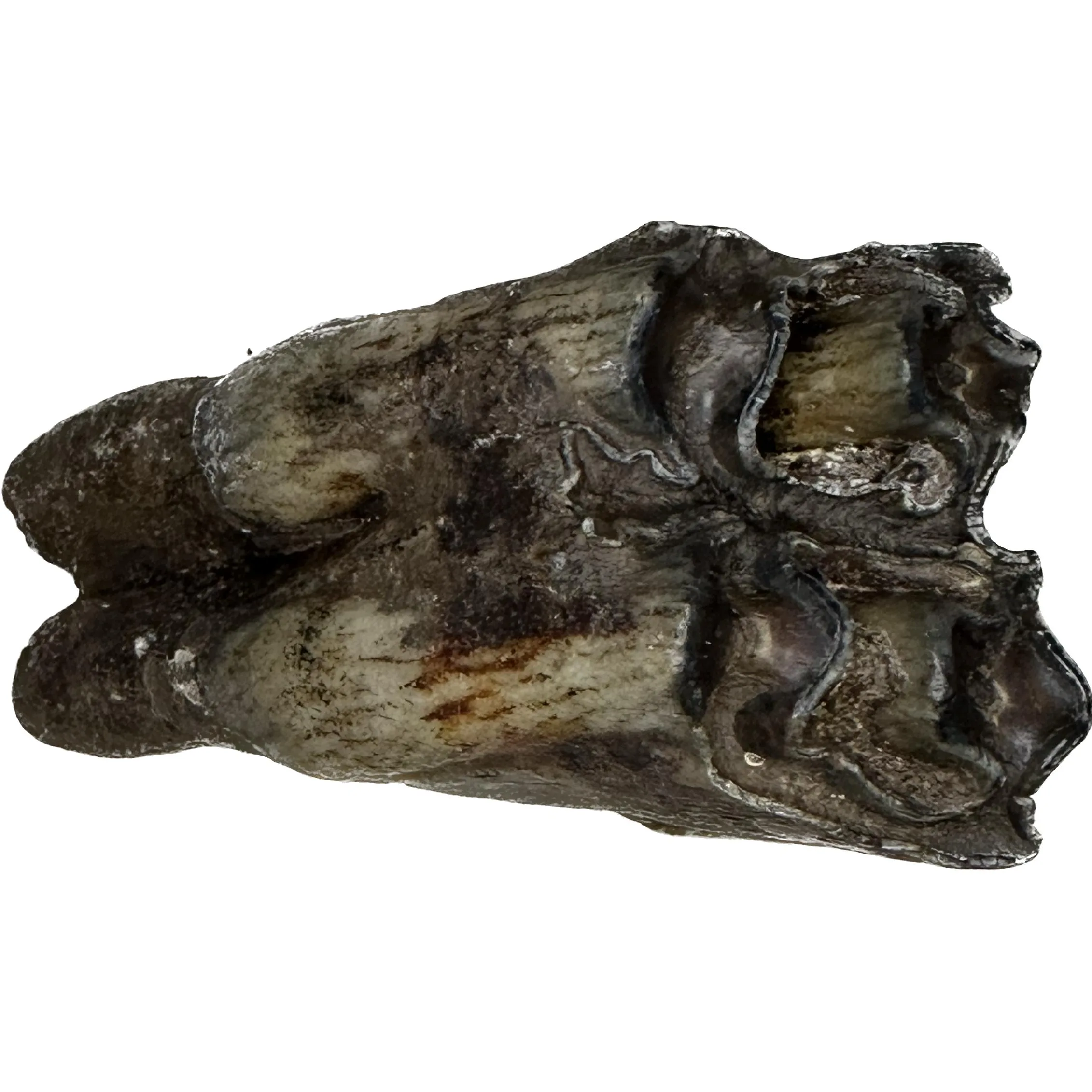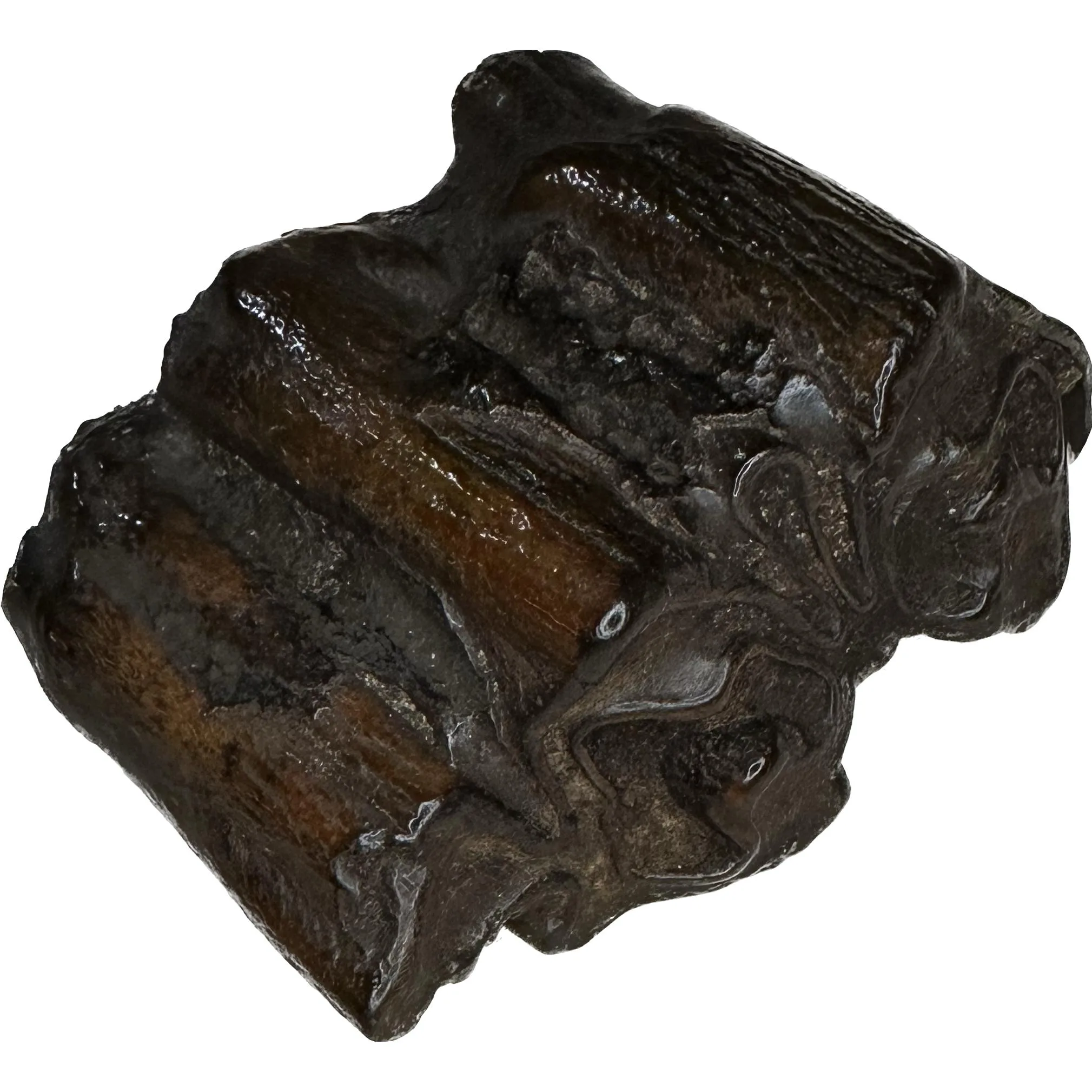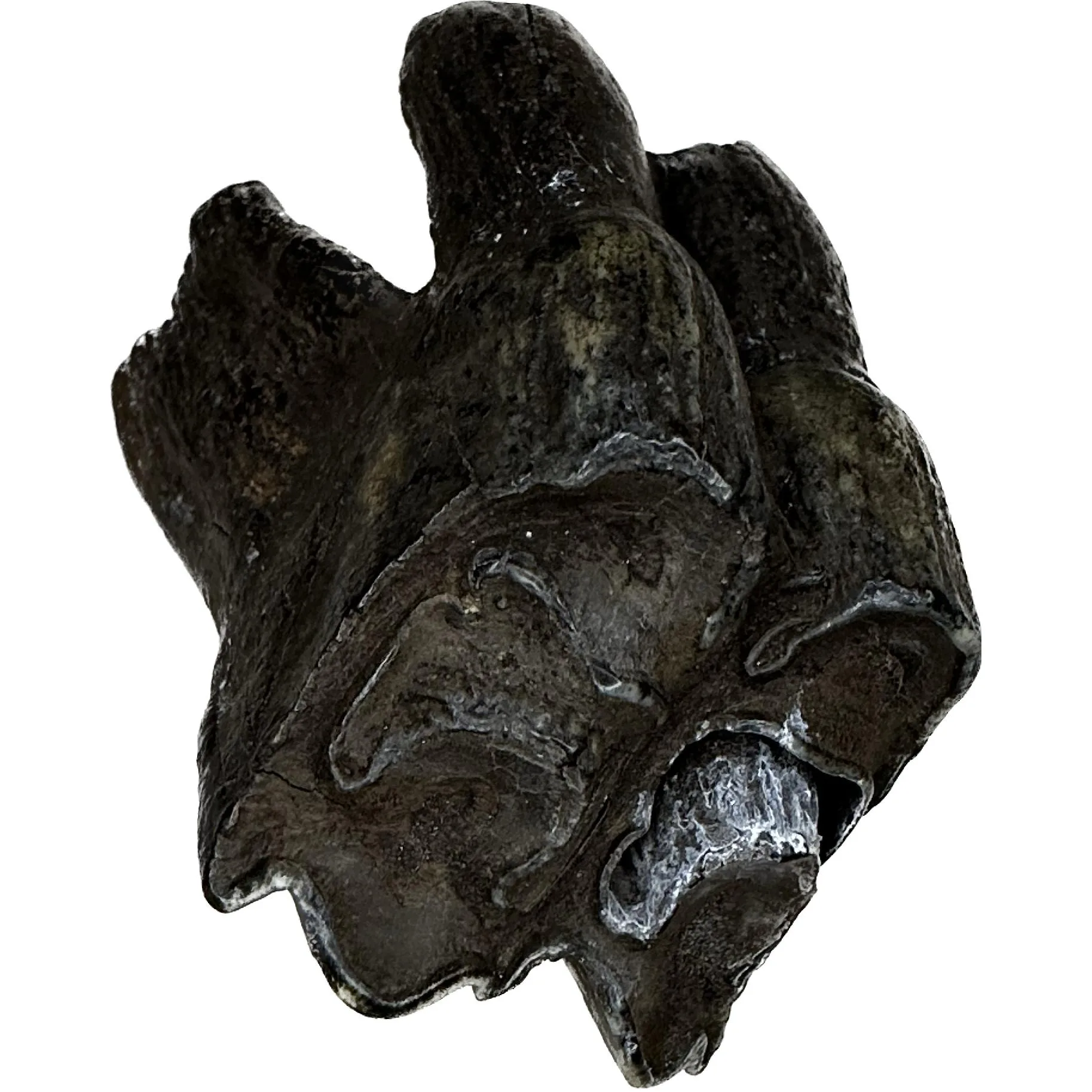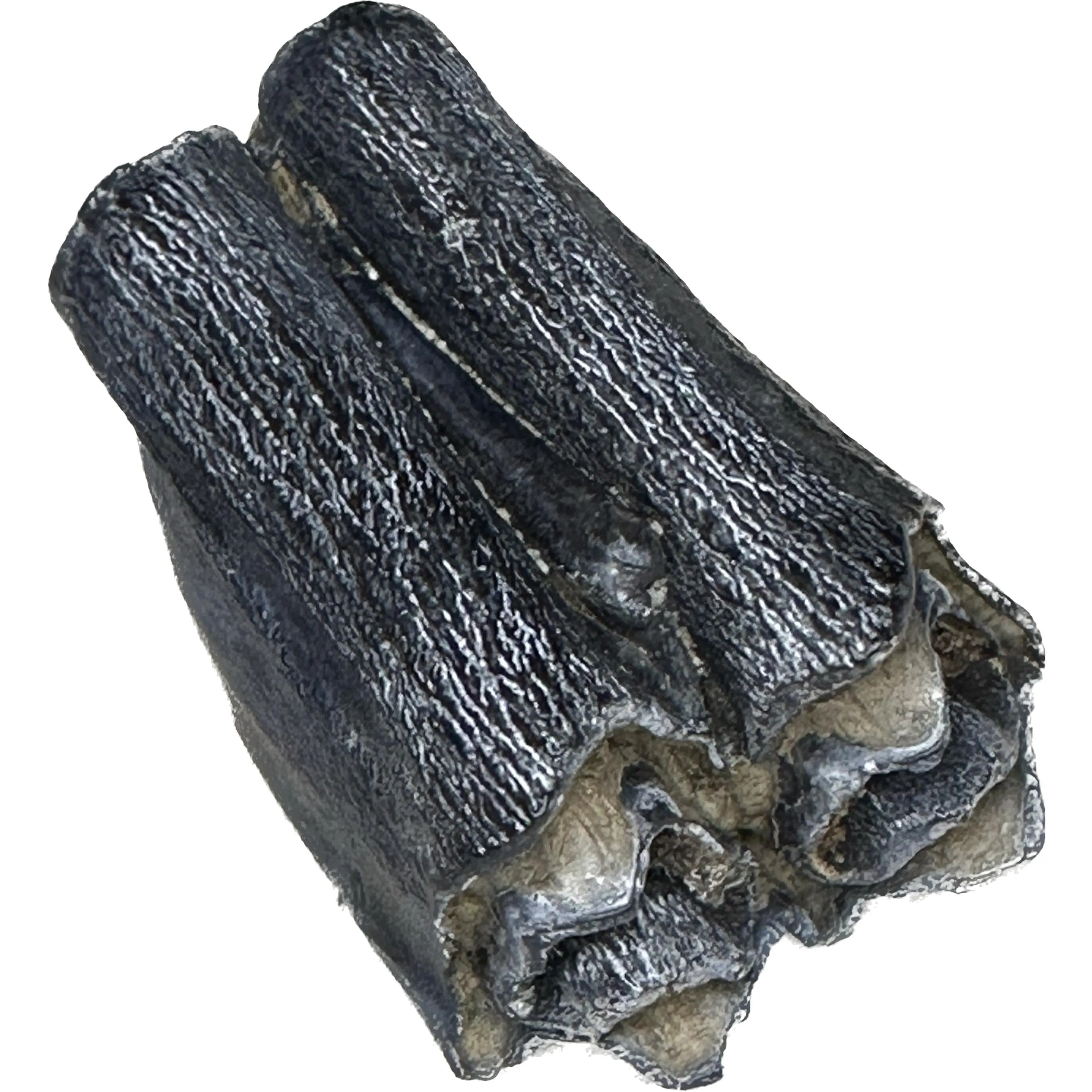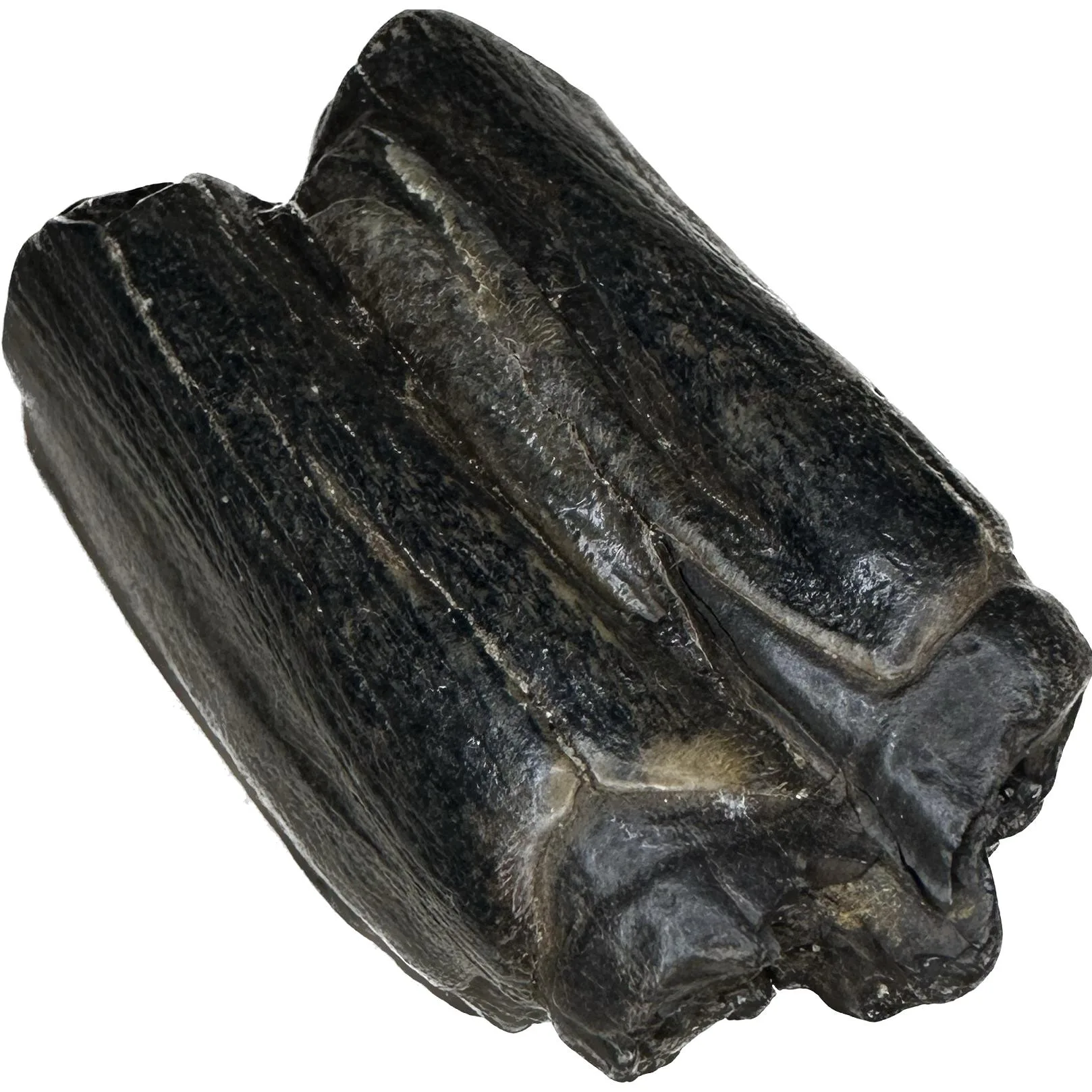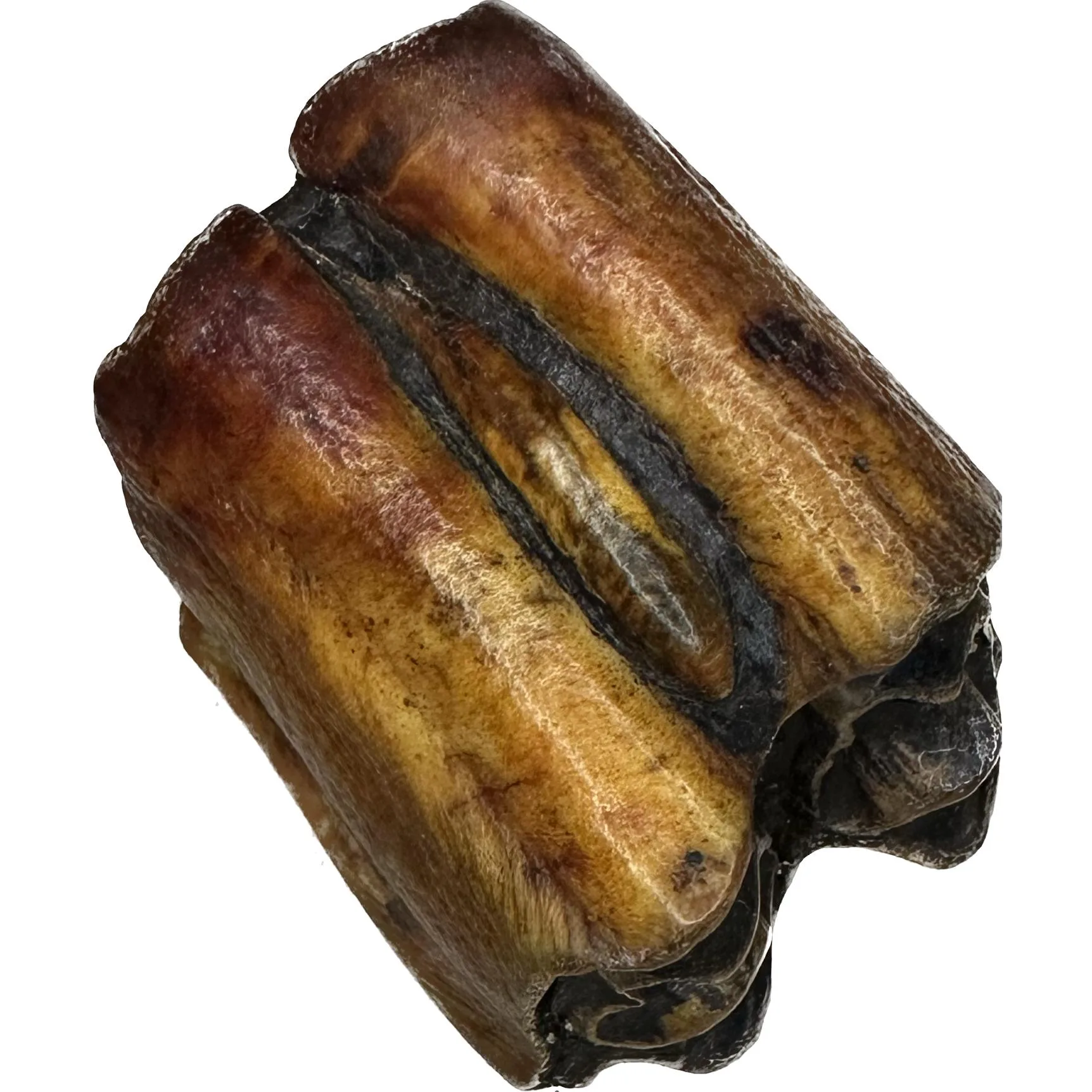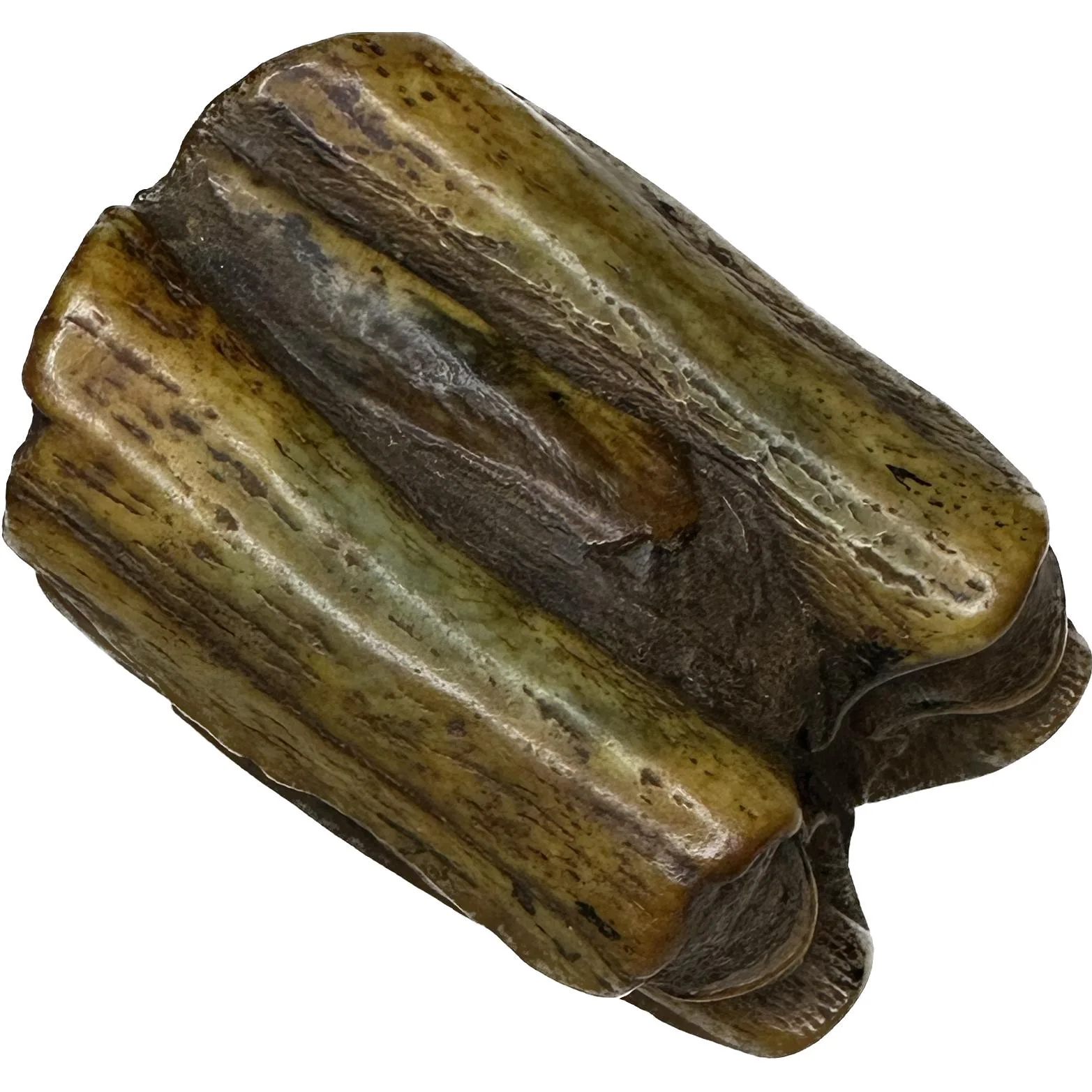Showing all 17 results
-
Fossil Bison Tooth – Florida
$24.95 -
Fossil Bison Tooth – Florida
$24.95 -
Fossil Bison Tooth – Ice Age
$35.95 -
Fossil Bison Tooth – Florida
$29.95
Ice Age fossil bisons, belonging to the species Bison priscus, offer a fascinating glimpse into the prehistoric world. These majestic creatures roamed the Earth during the Pleistocene epoch, which spanned from about 2.6 million years ago to around 11,700 years ago. Bison priscus were formidable herbivores, characterized by their massive size and robust build, akin to modern-day bison but with some notable differences.
Fossil evidence suggests that these Ice Age bisons inhabited vast grasslands and tundra regions across Europe, Asia, and North America. They played a crucial ecological role as primary consumers, shaping the landscapes they inhabited through grazing and trampling vegetation.
One of the most remarkable aspects of Ice Age bison fossils is their adaptation to the harsh environmental conditions of the Pleistocene era. Thick fur and a humped shoulder structure aided in insulation against the cold, while large, curved horns served both as defensive weapons and tools for foraging.
The study of Ice Age bison fossils provides valuable insights into ancient ecosystems, climate dynamics, and the interactions between megafauna and early human populations. Furthermore, genetic analysis of these fossils has shed light on the evolutionary history of modern bison species, including the American bison (Bison bison) and the European bison (Bison bonasus).
Overall, Ice Age fossil bisons represent a captivating chapter in Earth’s history, offering a glimpse into a bygone era when megafauna roamed the planet alongside our distant ancestors.

